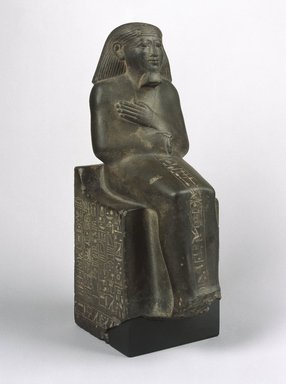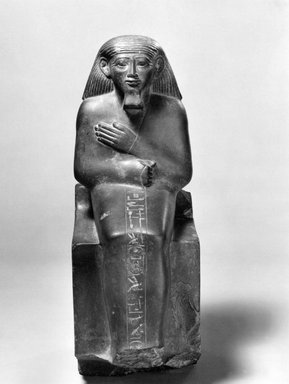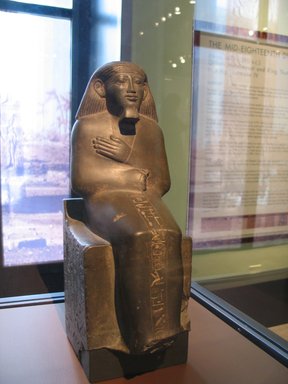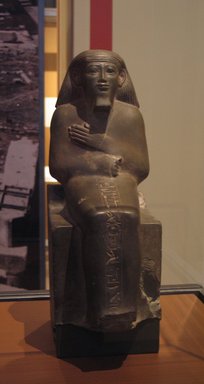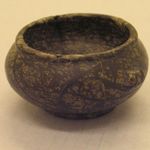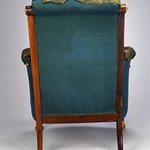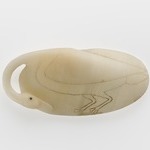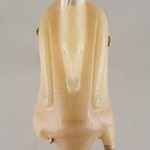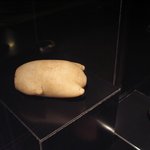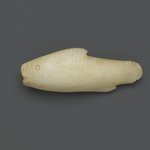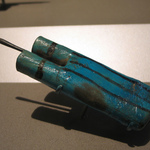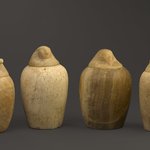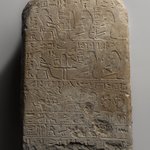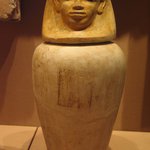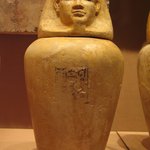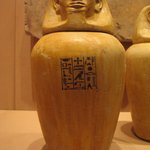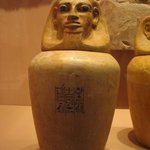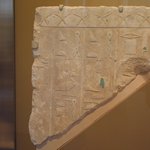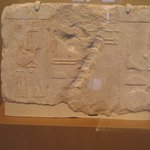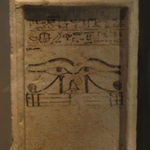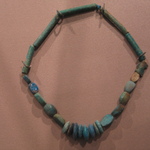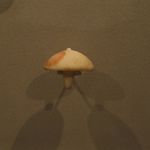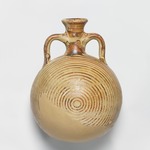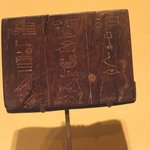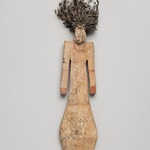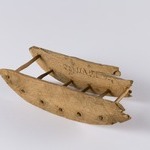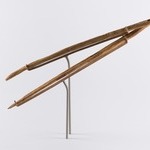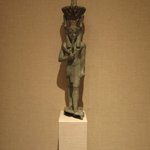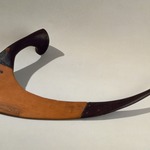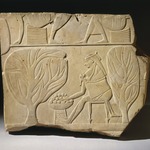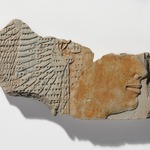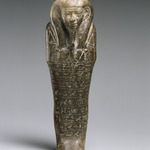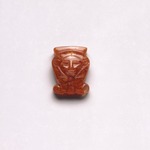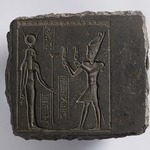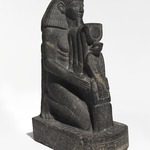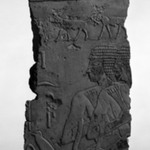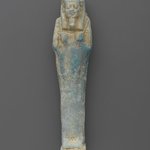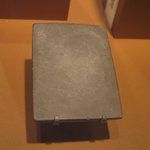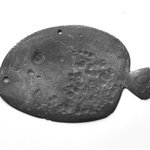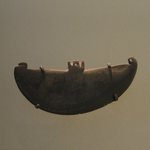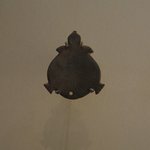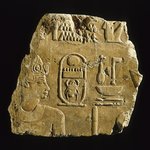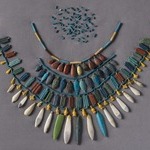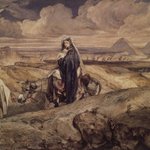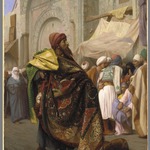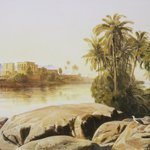Can you tell me about the role Ahmose (also known as Ruru) played in New Kingdom Egypt?
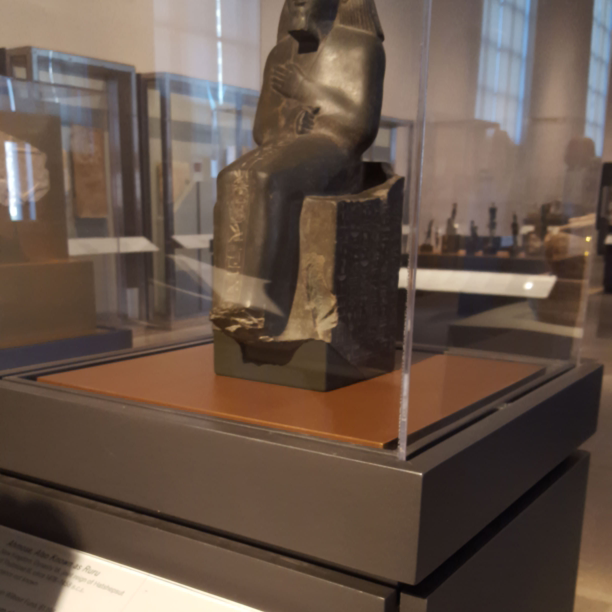
The inscription down the back pillar, reading "First King’s Son of Amun, the Pacifier of the Koptite Nome, the Overseer of the Priests of Min of Koptos Ahmose, called Ruru," is helpful in shedding some light on Ruru's life. This tells us that he was a high ranking government official in the region of Koptos where Min was the primary deity. He would have had jurisdiction over the other officials and the priests there. Ruru is also called a "hereditary prince" suggesting that this role was one passed down through his family. Another part of the inscription indicates that Ruru was a "wab"-priest which is a high ranking administrative role in the temple organization.
We also know that Ruru served during the reign of the pharaoh Hatshepsut even though her name does not appear anywhere on the statue. You see, a lot of the kingly identifiers on this statue have clearly been erased and recarved to now display the names of Thutmose III and Thutmose I. This strongly suggests that all of the rewritten cartouches originally displayed names of Hatshepsut, because we know that Hatshepsut's co-ruler and successor, Thutmose III, ordered years after her death that all monuments describing her as king be erased and replaced with the names of her father, husband, or even himself, Thutmose I, Thutmose II, or Thutmose III, respectively.
Do you have any pieces that have to do with Hatshepsut in the Egyptian exhibit?
Absolutely! In our "Early Egypt" gallery, we have a stellar carved head we believe represents the famous female pharaoh! When you find it, look around for the statues of Senenmut and Ahmose, who were officials during her reign.
Found it! Thank you!
Many of the kingly cartouches on Ahmose's statue have clearly been erased and recarved to now display the names of Thutmose III and Thutmose I. This strongly suggests that all of the rewritten cartouches originally displayed names of Hatshepsut. As you may or may not know, one of the great riddles of Egyptology is why her ultimate successor, Thutmose III, ordered her name to be erased from history in such a manner. You can still see the erasures on the works themselves!
Is there a reason the iconoclast has have left Nefertiti's lips intact? Are lips not targeted as much as the other sensory organs?
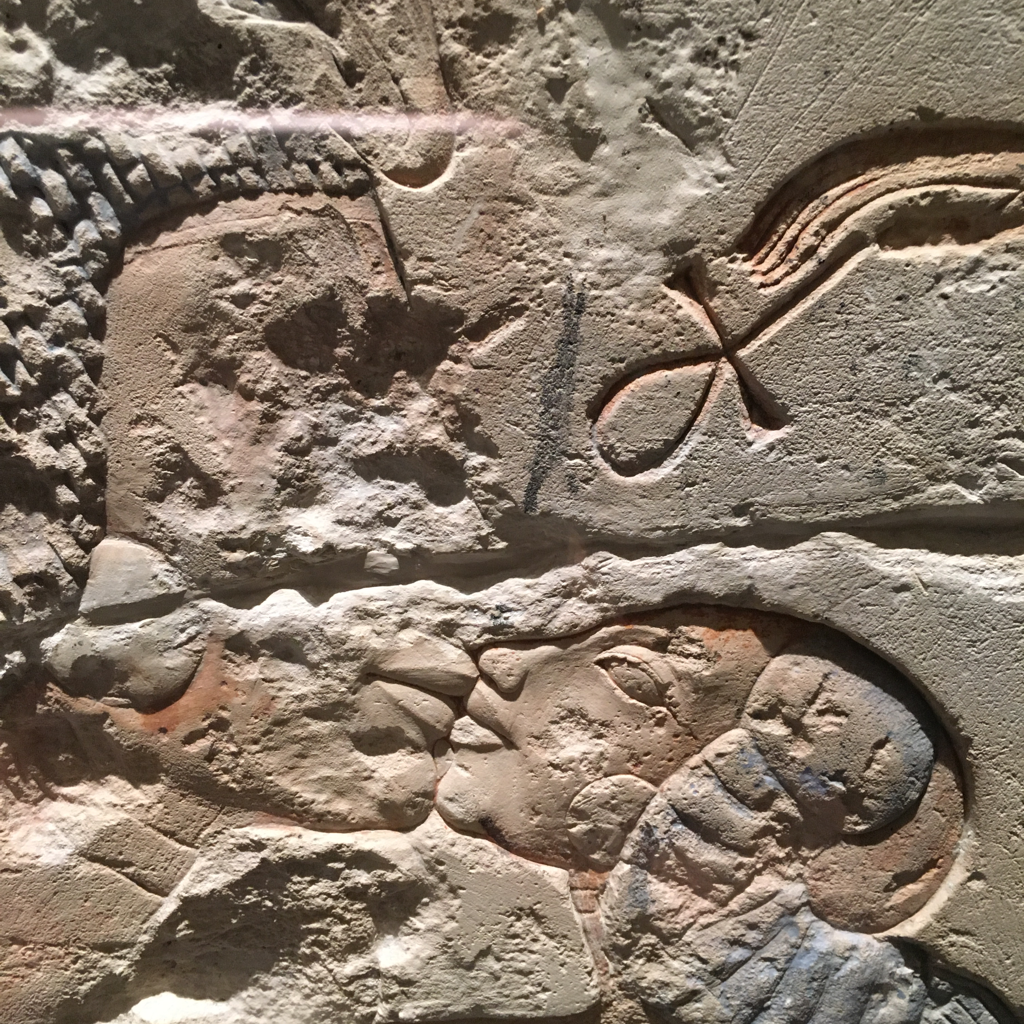
The nose is frequently the direct target of the destroyer's chisel. Sometimes you may see entire heads, or even whole bodies chiseled out, but that is, of course, much more work. Simply damaging, or removing the nose in 2- and 3-dimensional works renders the figure unable to breathe and thus dead.
Are there examples in the collection of damaged faces that were later repaired in ancient times?
Not that I can think of. If a figure was damaged intentionally in ancient Egypt it is either left as such or entirely recarved as a different individual.
What you can see in the galleries is an example of cartouches that have been scratched out and entirely recarved (a similar principal of erasing/replacing individuals in history) on the statue of an official named Ahmose (aka Ruru).
